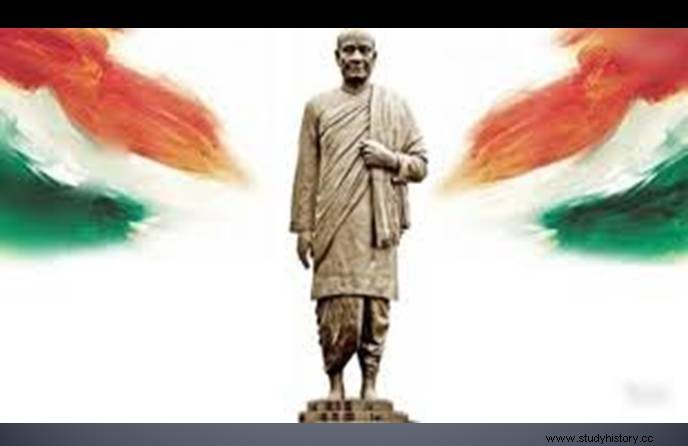
Under the leadership of Sardar Patel, the work of integration of the princely states went fast. In December 1947, 39 states of Orissa and Chhattisgarh merged with Orissa and Madhya Pradesh. In February 1948, 17 southern states were merged with Bombay Province. In June 1948, all the states of Gujarat and Kathiawar were included in the Bombay region. The states of East Punjab, Patiala and Hill region were merged to form a new federation called PEPSU. On this basis Matsya Sangh, Vindhya Pradesh and Rajasthan were formed. Some areas were made centrally administered areas, whose administration was placed in the hands of the central government.
Sardar Patel and VP Menon encouraged two types of systems – external mergers and internal organisations. In external mergers, smaller states were merged or larger states were formed by merging neighboring provinces. Democratic governance system was implemented in these states under internal organization.
Four types of states were created throughout the country (the word 'province' was removed in the constitution and the word 'state' was used for both the princely states and provinces). These were called A, B, C and D category states. Former British provinces were kept under 'A' category. Their number was 9 - Assam, Bihar, Bombay, Madhya Pradesh, Madras, Orissa, Punjab, Uttar Pradesh and West Bengal. Some unions and big princely states were kept under the 'B' category, whose number was 8.
These were Hyderabad, Jammu and Kashmir, Central India, Mysore, Patiala and Pepsu, Rajasthan, Saurashtra, Travancore and Cochin. The states of Ajmer, Bhopal, Coorg, Delhi, Himachal Pradesh, Kutch, Vindhya Pradesh, Manipur and Tripura were included under 'C' category. Andaman and Nicobar Islands were included in the 'D' category. Fully responsible government was established in 'A' and 'B' category states but some controlled responsible government was established in 'C' category states. The administration system of 'D' category states was kept under the center.
The integration of the princely states led to the establishment of a powerful union in India. No one expected the peace and speed with which this work was completed. In September 1948, Pt. Jawaharlal Nehru said- 'If someone had asked me 6 months ago what would happen in the next 6 months, I too could not have said this
That in the next 6 months there will be such rapid changes.' Michael Breecher has written - 'In just one year 5 lakh square miles of area and 90 million population were merged into the Indian Union. It was a great bloodless revolution which cannot be compared anywhere in this century and can be compared to the unification done by Bismarck in Germany in the nineteenth century and in Italy by Kabur'. Known as the Iron Man of India.
The integration of 566 princely states of India was the biggest bloodless revolution in the world. Gandhiji wrote to Patel- 'The problem of the princely states was so complex that only you could solve it.'
